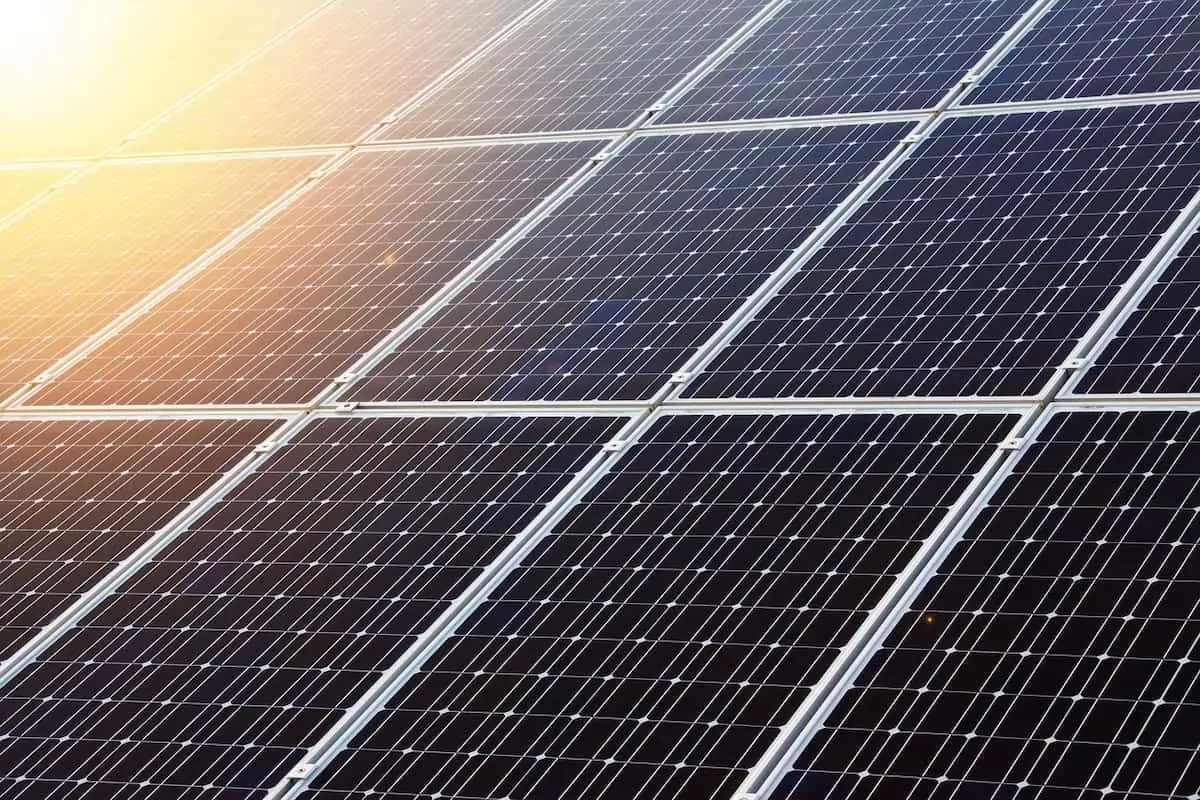While you probably wouldn’t target solar panel manufacturing as the supply chain most in need of sustainable management, solar improves sustainability. Commercial solar panels and solar technology are at the cutting edge of efforts to make the supply chain more sustainable.
A variety of efforts are underway to make solar panels more renewable.
Types Of Solar Technology
Solar technology is constantly being refined to make the supply chain more sustainable and cost-effective: indeed, the price of commercial solar panels has dropped significantly over the last 10 years.
Solar technology comprises three main categories: distribution through the electric grid, photovoltaic (PV) cells positioned on commercial or private real estate, and solar heating and cooling mechanisms. PV systems are the focal point of most solar production, and the most popular solar technology driving the solar market.
What’s more, ensure your solar panels are installed by experts to make sure you get the best performance. For example, look into installers for solar panels Manchester. By seeking someone in your area, you will have a repair team on hand if there are any issues.
Improving Solar Panel Efficiency
Sustainable supply chains center around the production and management of solar panels. With photovoltaic production, silicon wafers are typically produced in close proximity to solar cell manufacturing facilities, which helps to reduce transportation costs and emissions while keeping manufacturing costs low.
Improving the efficiency of solar panels is another effort driving sustainability. Solar panels are already relatively long-lasting pieces of equipment, with the average lifespan being 25-30 years, but they convert, on average, only 22% of sunlight into electricity. With improved efficiency, solar panels can produce even more energy while lasting longer.
Once solar panels have reached the end of their lifespan, improving recycling efforts will help to make the supply chain even more sustainable. Many parts of a PV solar panel can be reused, such as glass, aluminum and plastic components; however, the trace metals used in solar panel production, such as tin and lead, require special handling to improve recycling efficiency and prevent other contamination.
Improving Solar Panel Integration
Where commercial solar panels are installed is another topic driving efforts to improve sustainability. Solar panels, whether PV or solar heating systems, are unique in that they can be installed on the roofs of commercial or private buildings. However, large-scale solar farms often require sufficient land, and this prevents that land from being used for other services – an issue as arable land decreases.
Efforts to set up solar panels in more land-conscious arrangements, especially to facilitate simultaneous crop production, are helping to not only increase the efficiency of solar harvesting techniques, but also using the shading created from solar installations to reduce crop water usage, an all-around improvement in efficiency.
As demand increases, efforts to improve every facet of solar manufacturing, from material production to energy usage, will continue to increase. Likewise, improving design, material recovery, and system installation will continue to make this renewable energy more sustainable. When it comes to how solar improves sustainability, solar energy’s future keeps getting brighter.
As the demand for solar technology increases, the need for solar leads also increases for the market. Solar is a renewable energy source that does not produce air pollution or greenhouse gases when operating. It is also a clean and efficient way to power homes and businesses. The cost of solar has also been steadily decreasing, and it is expected to continue to decrease in the coming years.


 EBOOK HERE
EBOOK HERE